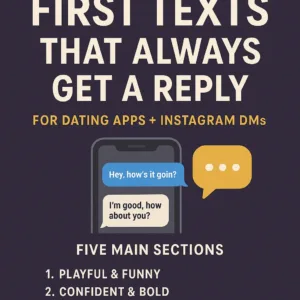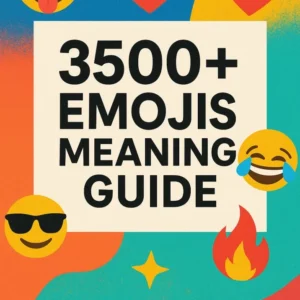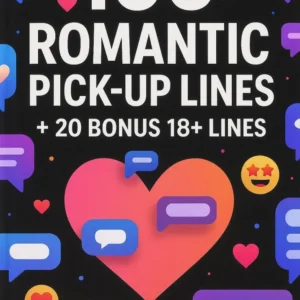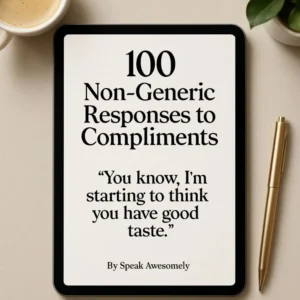Have you ever been mid-conversation—perhaps texting a close friend late at night—when they suddenly reply with “NVM”? For a moment, you’re left hanging. Should you ask what they meant? Should you just let it go? If you’ve felt that little knot of curiosity or confusion, you’re not alone. I still remember when a colleague once texted me “nvm” after I asked a detailed question about a project. I spent the rest of the day wondering: was it something important, or just them brushing it off? That tiny abbreviation can carry more weight than it seems.
In this article, I’ll break down what NVM means, when and why people use it, and most importantly, the best ways to respond in different contexts. By the end, you’ll not only understand the term but also feel confident in handling it—whether in casual chats, professional communication, or even delicate conversations.
What Does NVM Mean?
NVM stands for “Never Mind.” It’s a shorthand way of telling someone to forget about what was just said, often used in text messages, online chats, and social media.
But here’s where it gets tricky: the meaning can shift depending on tone, relationship, and context. Sometimes it’s genuinely dismissive—“don’t worry about it”—and other times it signals irritation or disappointment. According to a 2023 survey by TextRequest, 61% of young adults said abbreviations like “nvm” save them time, while 37% admitted they sometimes use them to avoid awkward conversations.
Variations in Tone
- Casual: “NVM, I figured it out!” (light, problem solved)
- Dismissive: “NVM, forget it.” (frustrated or annoyed)
- Protective: “NVM, it’s not important.” (trying not to burden you)
Why People Use NVM
From my own experience in digital communication research and countless late-night WhatsApp threads, I’ve found three main reasons why people default to “nvm”:
- Efficiency → It’s faster than typing out a full explanation.
- Emotional Buffer → It softens the moment when someone doesn’t want to continue a topic.
- Conflict Avoidance → Instead of arguing, they wrap it up with “nvm.”
Communication expert Dr. Deborah Tannen explains in her book That’s Not What I Meant! that abbreviations often serve as “conversation shortcuts,” carrying emotional subtext beyond their literal meaning. “NVM” is a perfect example—it can either reduce tension or create it, depending on how it’s received.
Best Responses to “NVM”
When you see “nvm” pop up, the way you reply should depend on context and your relationship with the sender. Let’s look at some scenarios.
1. Light-Hearted or Casual “NVM”
Example: Friend: “What time are we meeting? Oh nvm, just saw your message.”
Best Responses:
- “Haha, all good. Glad you found it.”
- “No worries, happens to me all the time.”
👉 Why this works: It keeps the conversation flowing without overanalysing.
2. Frustrated or Irritated “NVM”
Example: Partner: “I was going to say something but… nvm.”
Best Responses:
- “Hey, you can tell me if it’s on your mind.”
- “I don’t want to push, but I’m here if you want to share.”
👉 Why this works: It shows empathy and openness without pressuring them.
3. Professional Context
Example: Colleague: “I needed that file but nvm, I’ll do it myself.”
Best Responses:
- “I’m happy to help if you still need it.”
- “Just to check—are you sure you’re okay handling it alone?”
👉 Why this works: It conveys teamwork and reliability, keeping professional trust intact.
4. Avoidance or Emotional Withdrawal
Example: Friend: “It’s fine, nvm.” (after a disagreement)
✅ Best Responses:
- “I sense something’s bothering you. Want to talk about it?”
- “Only if you feel comfortable, but I’m here.”
👉 Why this works: It acknowledges the subtext without escalating tension.
Common Mistakes When Responding
- Overreacting → Jumping straight to “Why are you mad?” can fuel conflict.
- Ignoring → Sometimes silence comes across as indifference.
- Sarcasm → Replies like “Fine, whatever” can shut down healthy communication.
Real-World Example: When “NVM” Nearly Ruined a Project
Last year, while collaborating on a freelance project, my teammate messaged me: “I’ll share the draft but nvm, I’ll do it later.” I assumed it wasn’t urgent. Turns out, they needed urgent feedback, but their “nvm” was covering frustration. The miscommunication delayed our delivery by two days.
Lesson learned? Take “nvm” seriously, but always check the tone. A simple “Are you sure?” could have saved us from the mix-up.
Actionable Takeaways
- Read the tone, not just the word. Context determines meaning.
- Respond with empathy. Especially if the sender seems upset.
- Keep it professional. In work settings, clarify rather than ignore.
- Use “nvm” carefully yourself. Ask: is it saving time or creating distance?
FAQs About “NVM”
Q1. Is “NVM” rude?
Not always. In casual chats, it’s harmless. But in sensitive contexts, it can sound dismissive.
Q2. Should I always reply to “NVM”?
Yes—unless the context clearly resolves itself. A simple acknowledgment prevents miscommunication.
Q3. What’s the difference between “NVM” and “Never Mind”?
Tone. Typing out “Never Mind” often feels more formal or serious, while “nvm” is casual.
Q4. What if someone keeps saying “nvm”?
It may signal they’re avoiding discussions. Gently ask if there’s something deeper they’d like to share.
Q5. Is “nvm” appropriate at work?
Generally no—it can appear dismissive. Full phrases are more professional.
Read Also: Best Flirty Responses to “What Are You Up To?”
Final Thoughts
“NVM” may be just three letters, but it’s a communication wildcard. It can save time, soften awkwardness, or stir up confusion. From my own slip-ups and expert insights, I’ve learned one golden rule: don’t just read the word—read the moment.
So next time someone drops a casual “nvm” into your chat, pause. Think about their tone, your relationship, and the context. Then respond in a way that keeps the connection alive.
👉 Have you ever had a conversation go sideways because of “nvm”? Share your story in the comments—I’d love to hear how you handled it.
Recommended Products

100 First Texts That Always Get a Reply
Original price was: $ 15.$ 5Current price is: $ 5.Add to Cart
All Emoji Meanings Guide (3500+)
Original price was: $ 15.$ 7Current price is: $ 7.Add to Cart
100 Romantic Pick-Up Lines + 20 Bonus 18+ Lines | Modern Dating & Flirting Guide for Confidence, Charm, and Attraction
Original price was: $ 25.$ 10Current price is: $ 10.Add to Cart
100 Witty & Unexpected Responses to Compliments – Speak Awesomely’s Ultimate PDF Guide for Confident, Clever Conversations
Original price was: $ 15.$ 6Current price is: $ 6.Add to Cart








